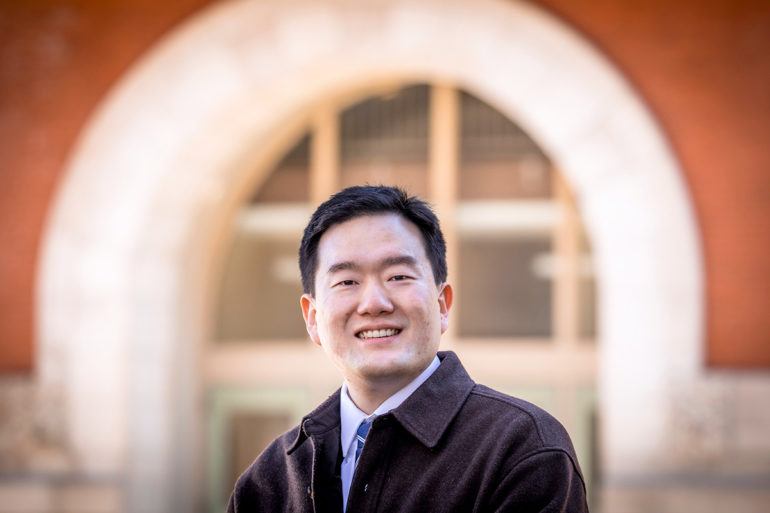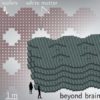Attempts at restricting people’s mobility to control the spread of COVID-19 may be effective only for a short period, researchers said. A new study examines people’s mobility for seven months during the pandemic in the United States using publicly available, anonymized mobile phone data.
Reported in the Journal of Transport Geography, the study alerts authorities to the need for more manageable travel restrictions and policies that reduce COVID-19 exposure risk to essential workers—who, because they are required to be physically present at their workplaces, remained highly mobile during the pandemic.
The longitudinal study is one of the first to compare mobility data using a broad range of people over an extended period, rather than a cross section of data from a single point in time, the researchers said.
“The longitudinal approach allowed us to differentiate between two distinct waves over our study period: a first wave from March to June and a second wave from June to September,” said Junghwan Kim, a graduate student in geography and geographic information science at the University of Illinois Urbana-Champaign who led the research with Mei-Po Kwan, a geography professor at The Chinese University of Hong Kong and Kim’s doctoral adviser at the U. of I. “This approach also allowed us to look for relationships between mobility change and various social, spatial, policy and political factors.”
The study used mobile device data from 2,639 of the 3,000 U.S. counties, excluding those with too little data, those with excessively high mobility levels and those with incomplete demographic data.
“We found that, overall, mobility declined sharply in March and April but quickly recovered to the pre-pandemic mobility levels from April through June, forming a V-shaped data curve,” Kim said. “During the second wave that occurred between June and September, we saw very little change in mobility despite the COVID-19 pandemic becoming more severe.”
A closer look at the data showed that mobility changes are associated with political partisanship, poverty, mobility restriction and high COVID-19 case numbers, the researchers said.
The team found that people’s mobility in Democratic Party-leaning counties was slower to recover than in Republican Party-leaning counties; that counties with more poor people showed only a slight decrease in mobility throughout the study period; and that statewide COVID-19 mobility restrictions were more effective during March and April than from April to June.
“The political result not only corroborates the findings from similar studies but also reflects how the U.S. response to the COVID-19 pandemic has been highly politicized,” Kim said. “The results that show that the working poor were traveling almost normally during the pandemic—likely because they tend to make up a large percentage of essential workers—is a problem that needs to be addressed.”
There are limitations to this type of study, the researchers said, including the anonymous nature of mobile device data, which protects user privacy but hampers the ability to obtain more accurate individual-level data. Additionally, this type of data does not account for complex interactions between human mobility and COVID-19 severity.
“Considering that mobility is a critical component of people’s daily lives in modern societies, such as the U.S., we hope that policymakers can carefully design and implement pandemic-control policies that people will find easier to follow,” Kim said.
Follow the latest news on the coronavirus (COVID-19) outbreak
More information:
Junghwan Kim et al. The impact of the COVID-19 pandemic on people’s mobility: A longitudinal study of the U.S. from March to September of 2020, Journal of Transport Geography (2021). DOI: 10.1016/j.jtrangeo.2021.103039
Provided by
University of Illinois at Urbana-Champaign
Citation:
COVID-19 mobility restrictions effective for short duration, study finds (2021, April 23)
retrieved 26 April 2021
from https://medicalxpress.com/news/2021-04-covid-mobility-restrictions-effective-short.html
This document is subject to copyright. Apart from any fair dealing for the purpose of private study or research, no
part may be reproduced without the written permission. The content is provided for information purposes only.



